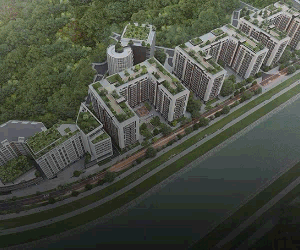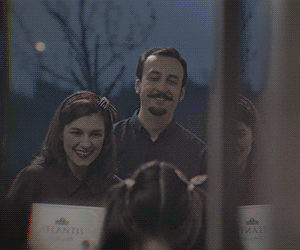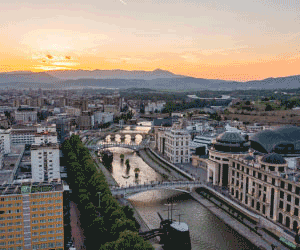The City of Canals is fed up with tourists who treat Venice like a pit stop — and now it’s slapping them with another toll for treating the floating city like a food court. Starting Friday, day-trippers who “eat and flee” — a phrase officials use for tourists who pack their lunch, snap a selfie and ditch without spending a dime — will once again have to pay an entry fee to stroll the storied streets of Venice.

The controversial charge was first introduced last year and is now back with a vengeance — and a price hike for procrastinators. Book your visit last-minute? That’ll be 10 euros — roughly $10.65 — instead of five. The goal? Fewer freeloaders and more respect for a city literally sinking under the weight of mass tourism. “It’s a very important instrument that no other city has,” Venice’s tourism chief, Simone Venturini, said in an interview with the New York Times, touting the fee as both a filter and a financial cushion. It’s “a good tool to explain to the world that Venice is unique and fragile and that tourism to Venice must be more respectful,” he noted. The measure is part of a broader crackdown as Venice struggles to keep its cultural soul from drowning in gondola gridlock. The city already bans cruise ships from the lagoon, caps tour groups at 25 people, nixes megaphones and uses security cameras and cellphone data to track tourist movement — a Big Brother-style system critics liken to “mass surveillance.” But some say the fee isn’t doing diddly.



An internal review found there were “no significant fluctuations between the days on which the access fee was provided and those on which it was not.”
In fact, officials noted per the Times, that “higher attendance was recorded on days when the trial was active.” Ultimately, tourists paid — and still poured in. “This shows what was obvious from the beginning: You cannot govern a complex city like Venice by turning the city into a theme park with an entrance fee,” Monica Sambo, a city council opposition member, told the outlet. She called for a more structured strategy, including limits on day-tripper numbers and better regulation of short-term rentals. “This is a bad image for Venice … I mean, are we joking?” activist Matteo Secchi fumed last year when the fee was first floated. “All they’re doing is transforming it into a theme park.” Even UNESCO has weighed in, warning that Venice could end up on its endangered heritage list if it doesn’t get its tourism problem under control. A delegation will review the situation this July in Paris.

Despite the backlash, officials say the fee is working — at least in bringing in some much-needed euros. Last year, the program pulled in about $3.2 million, most of which went to cover operating costs This year, the number of days the fee applies is nearly doubling — from 30 to 54 — in hopes of keeping the crowds from flooding during peak times. Still, not everyone has to pony up. Overnight guests are exempt, since they already pay a daily tourist tax. Locals, workers, students, and those visiting family also get a pass — provided they register for a QR code. And the whole scheme is turning heads beyond Italy. According to a city representative who spoke with Business Insider, “several institutional bodies, both in Italy and internationally, have contacted the City of Venice to gain a deeper understanding of the [fee].”

Cities like Kyoto, Zermatt and Formentera are reportedly watching closely. But for many Venetians, the battle isn’t just about dodgy tourists in Speedos or tipping gondolas while taking selfies — it’s about reclaiming their area from becoming a European Disneyland. “The city should have other priorities,” Sambo said, “like policies to promote affordable housing and employment opportunities that would counteract the tourist monoculture.”

For now, if you want to bask in the beauty of St. Mark’s Square or pose on the Rialto Bridge, better bring a little extra bread — or risk getting hit with fines up to $310. Mangia and move along? Not without paying up first.





































